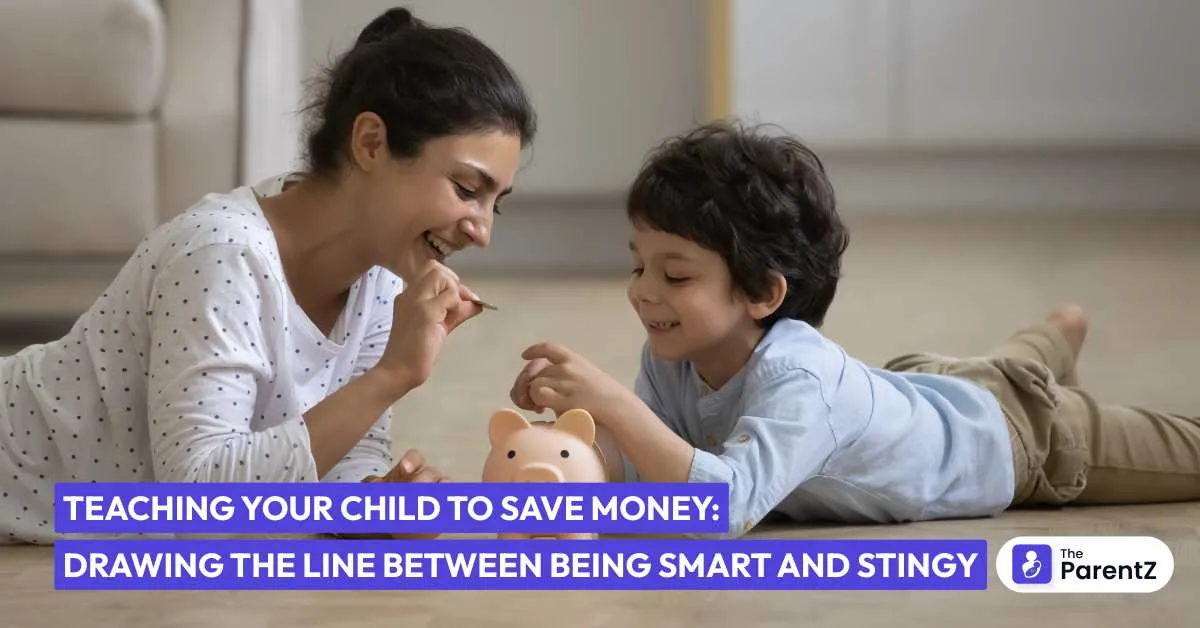Introduction
It always starts innocently. Your child gets a ₹50 note from a relative and guards it like treasure in their pencil box. A few days later? It's spent on stickers, a toy, or a neon-colored pen that breaks by morning.
Sound familiar?
Teaching kids how to save money isn’t just about handing them a piggy bank and hoping it works out. It’s about helping them build something deeper: money sense. The kind that stays with them long after the allowance ends.
But here’s the catch—while we want to raise children who are mindful with money, we don’t want them to grow up hoarding every rupee or feeling guilty about spending. It's a fine line between being financially wise and becoming... well, overly frugal.
So, how do we strike that balance?
Let’s explore some grounded, guilt-free ways to raise kids who know how to save—without being afraid to spend.
Step 1: Start With the Why
Before you talk about budgets or savings jars, begin with something simpler: purpose.
Explain why we save money in the first place. Not to deprive ourselves, but to give ourselves more choices later. More freedom. More control. Saving isn’t about restriction—it’s about preparation.
Use real-life comparisons that make sense to kids:
- “If you eat all your birthday chocolates on the first day, you won’t have any left for the rest of the week.”
- “If you save part of your money now, you can buy something bigger and better next month.”
This kind of framing helps children connect saving with delayed gratification—not denial. It shifts the mindset from “I can’t have this” to “I’m choosing when I want it.”
Step 2: Let Them Manage Real Money
There’s no substitute for experience. The sooner kids start managing money, the sooner they learn from it.
Set up a small, consistent allowance that suits their age. Let them decide how to use it—even if that means wasting it sometimes. These "mistakes" are gold mines for learning.
And when they make a regrettable purchase?
Don’t rush in to fix it. Instead, ask:
- “Was that toy worth it?”
- “How would you do it differently next time?”
Let them feel the small sting of overspending now, rather than the big shock later in adulthood. These are gentle, low-stakes lessons in decision-making.
Step 3: Use the Spend–Save–Share Method
Here’s a simple and powerful rule you can start at any age.
Every time your child receives money—whether from allowances, gifts, or festive bonuses—encourage them to divide it into three parts:
- Spend: For small, fun purchases they can enjoy now.
- Save: For a bigger item or goal down the road.
- Share: A small portion to help others—whether through charity, a friend in need, or a family cause.
Why does this work?
Because it balances short-term satisfaction with long-term planning, while also building empathy. Children learn not only the value of money, but the values around it—patience, generosity, and thoughtfulness.
Conclusion
Teaching kids to save money isn’t about turning them into accountants before they’ve lost all their baby teeth. It’s about giving them tools to understand the emotions and choices behind money—how to use it, how to value it, and how not to let it control them.
It’s okay if they stumble. It’s okay if they overspend. That’s how they learn.
The goal isn’t perfection. It’s progress. Raise kids who don’t fear spending or saving—but who can tell the difference between the two and feel confident making smart, kind, and balanced choices.
And if all else fails, remember: the best lessons aren’t always taught. Sometimes, they’re lived. Let your own approach to money be the blueprint they quietly follow.








Be the first one to comment on this story.